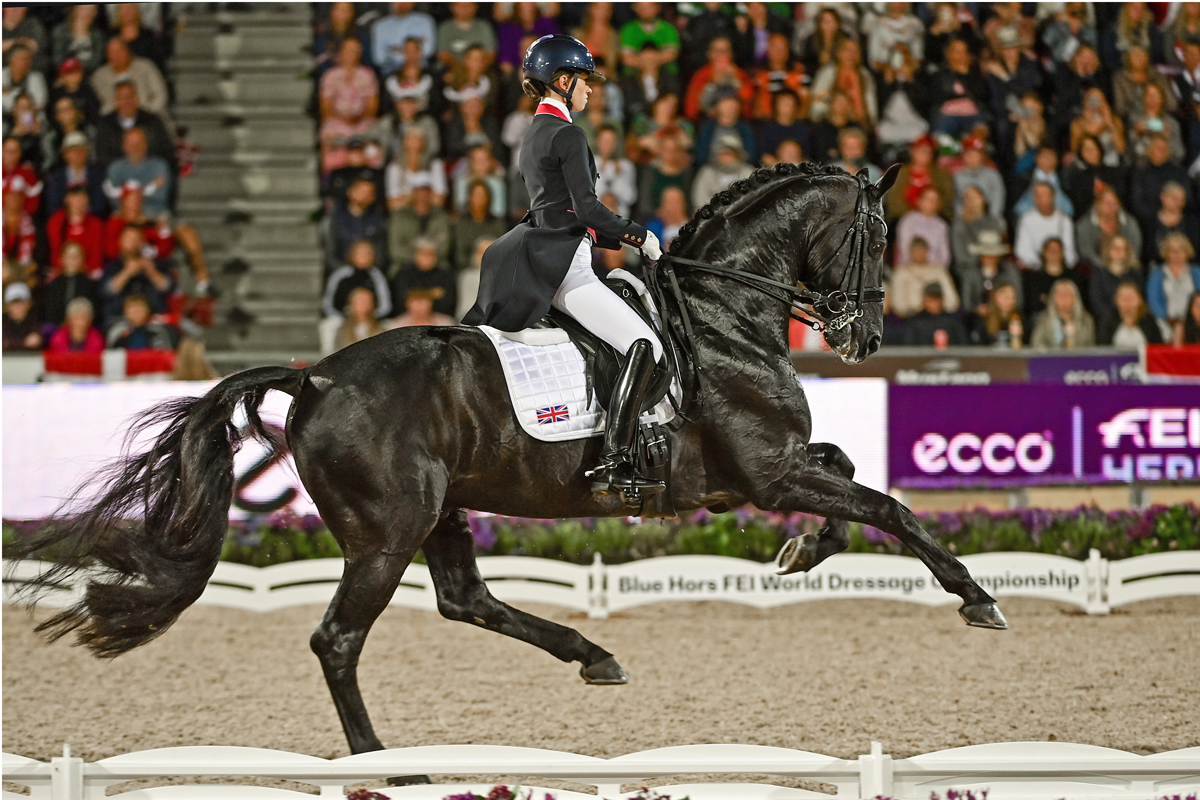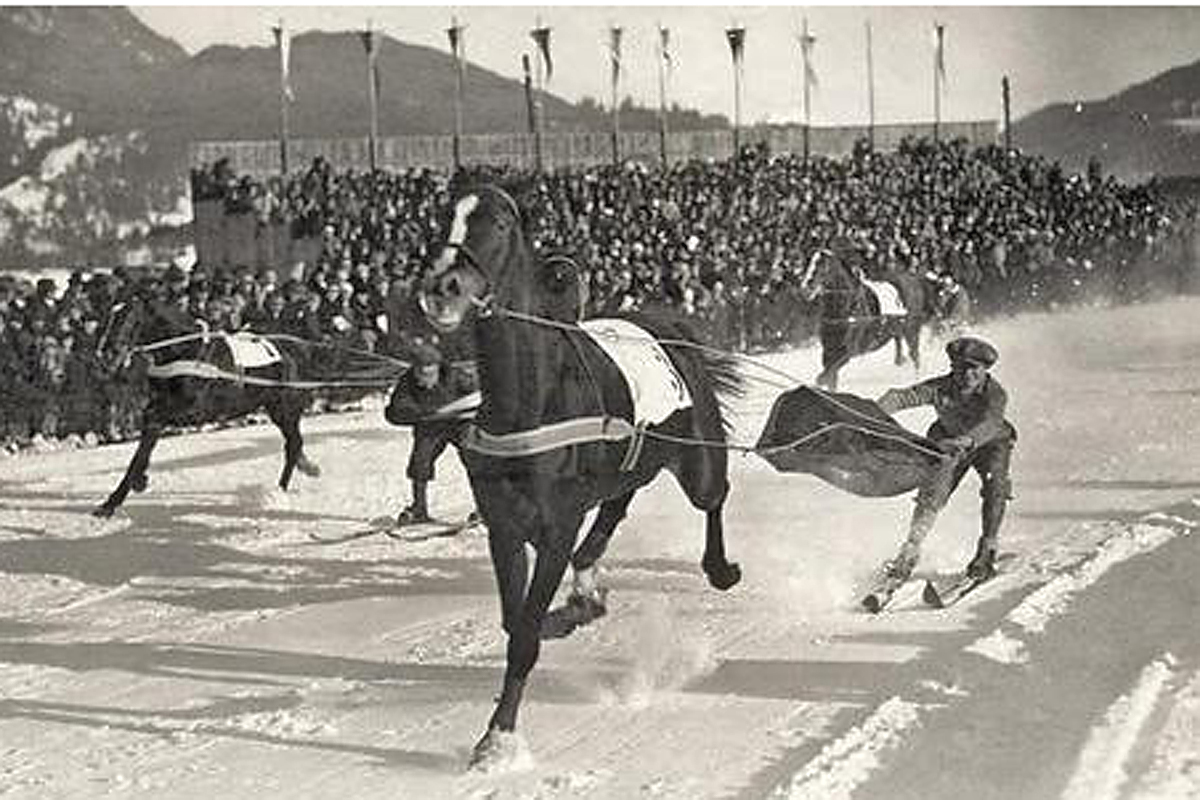
With one week remaining until the Opening Ceremony of the 2024 Paris Olympics, get ready for the Games with these Olympic equestrian fun facts and trivia.
◆ This year’s Games will tie Paris with London, who has also hosted three times (1908, 1948 and 2012). For the moment, these two cities sit alone at the top in number of times one city has held the Games. But, in four years Los Angeles in the USA will catch up, as they are due to host the 2028 Summer Olympics, having also staged the Games in 1932 and 1984. Two cities have notched two Summer Games on their totem poles, Tokyo, Japan (1964 and 2020/21) and Athens (1896 and 2004).
◆ Paris 2024 is the final Olympics in which an equestrian show jumping phase is included in the pentathlon competition. After these Games, it is likely bicycles will replace jumping horses in the pentathlon lineup.
◆ The first Olympic equestrian team medal won by the USA was in 1912 in Stockholm when the U.S. Eventing Team, composed of all Army officers, captured bronze. Lt. Ephraim Graham riding Connie, Capt. Guy Henry riding Chiswell, and Lt. Benjamin Lear, Jr., riding Poppy were on that team.
For more news, visit our 2024 Paris Olympics main page.
◆ The first year that the USA fielded an Olympic Equestrian Team which was not completely made of male military officers was in Helsinki in 1952, when two of the three jumper riders were male civilians at the time (Arthur McCashin on Miss Budweiser, Maj. John Russell on Democrat, and William Steinkraus on Hollandia); they managed to win a team bronze. The U.S. Eventing Team won bronze that year too (Charles Hough on Cassavellanus, Walter Staley, Jr. on Craigswood, and John E.B. Wofford on Benny Grimes). The same year Marjorie Haines competed with two male teammates on the U.S. Dressage Team (Lt. Robert Borg and Hartmann Pauly).
◆ Women first competed in the now-traditional three Olympic disciplines in these years: dressage in 1952 [four women competed: Lis Hartel (DEN) who won silver; Elsa Christophersen (NOR); Marjorie Haines (USA) who finished 17th individually and was on the sixth-place team, and Ida von Nagel (GER)]; show jumping in 1956 [Patricia Smythe (GBR) and Brigitte Schockaert (BEL) in 1956; the first U.S. women to compete in show jumping (Mary Mairs and Kathy Kusner) participated in the 1964 Olympics]; and finally eventing in 1964 [Lana DuPont Wright of the USA was the first-ever women to compete in Olympic eventing that year].
◆ The “Para” in the name Paralympics originates from the idea that the Paralympics are a “parallel” competition for athletes with disabilities to that of able-bodied athletes in the Olympics, thus the name is not related to the word paraplegic as one might think. The first appearance of Para-equestrian dressage was in the 1996 Atlanta Paralympic Games. That year, the riders rode borrowed horses provided by the organizers. Riders began competing on horses that they regularly trained with in the 2000 Paralympics.
◆ Olympic and Paralympic equestrian events are among a handful of sports where men and women compete head-to-head in the same competition.

◆ Vaulting was included in equestrian Olympic sports once in the 1920 Antwerp Games.
◆ Polo was included in the 1900, 1908, 1920, 1924 and 1936 Olympic Games. While not an Olympic sport this year, there is a planned polo match celebrating the Paris 2024 Olympic Games in France on August 7 at the Château de Chantilly between the USA and France. The match is co-organized by the United States Polo Association and the Federation Française de Polo.
◆ In overall Olympic equestrian medals won, Germany tops the list with 56 total (28 gold, 14 silver and 14 bronze). While the USA has the second-most total equestrian medals with 54, only 11 of them are gold, with 23 silver and 20 bronze. Sweden, France and Great Britain have fewer total medals than the USA, but more gold, so they rank higher.
◆ Animals in the Winter Olympics… well, you might put good money down that it isn’t a real thing, but it turns out you would lose the bet. The sport of skijoring (skiing behind a running horse) made an appearance as a demonstration sport in the 1928 St. Moritz (Switzerland) Winter Olympics. Then, dog sledding was a demonstration sport in the 1932 Lake Placid Winter Games in New York, U.S.

Thanks to CareCredit for our spring and summer equestrian coverage.


